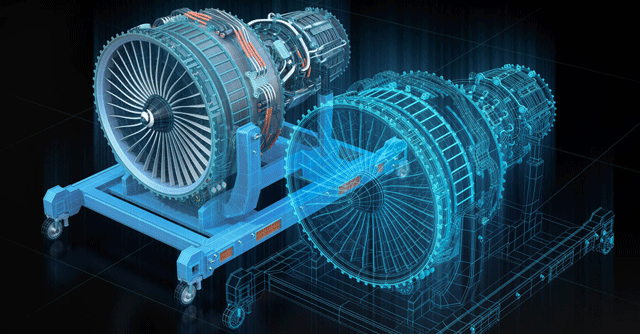
Three digital-twin trends to watch out for in 2022


2022 is expected to see industries shell out $4.6 billion globally on digital-twin based solutions, according to a December 2021 report by market research firm ABI research. The company also expects the market to hit $33.3 billion by 2030.
Digital twins aren’t a technology as such, but are a combination of solutions that includes the likes of Industrial Internet of things, connectivity, cloud computing, machine learning and remote monitoring capabilities, among others.
Also read: 2022 will be the era of Java, Python programmers: Report

Here are the three top trends in digital-twins to watch out for in 2022
Semantics-based digital-twins product development
Semantics refers to the branch of linguistics and logic that is concerned with meaning. In the field of digital twins, the physical and digital aspects of process integration rely upon information representation techniques. The semantics of the data play a crucial role in interoperability of the different industries, systems, difference processes and even histories of companies.

The Semantic Data Structuring Working Group, part of the Open Manufacturing platform, which is a consortium of business leaders and technologists in the manufacturing domain, aims to create an open-source approach for creating a standardised semantic model that can be used by the entire industry ecosystem.
Some of the challenges that it aims to solve include real-time data processing, avoiding production disruptions, and provide the ability to utilise external information sources and data sets outside of the manufacturing domain to get better insights into business outcomes.
Large vendors bring out their own platform iterations for digital twin products

2021 saw many cloud vendors bring out niche solutions for digital twins. AWS launched Fleetwise and TwinMaker, aimed at providing efficiencies to vehicle fleets and industrial equipment. While chipmaker Nvidia launched the Omniverse, which is billed as the Metaverse for Engineers, which already has over 50,000 participants. The Omniverse, Nvidia said, is helping engineers create better digital products, it now wants to widen the audience to help anybody who would like to create 3D images.
Also read: 5 trends that will dominate the IoT industry in 2022
Other companies that released their iterations include Microsoft, Google, GE Digital, and IBM, among others.

Data Interoperability
Just like how the emergence of the multi-cloud environment sheds light on the importance of cloud interoperability, the ability for different digital-twins to interact and share information with each other will be crucial for 2022.
In this scenario, data interoperability becomes a key task in order to make the entire ecosystem more conducive. A March 2021 study by the Industrial internet consortium, showed that globally, there are atleast eight different projects being worked on by different industry participants to solve issues of digital twin interoperability.

This could eventually lead to engineers and designers having more time on-hand to creating applications from approved and pre-built components, hence allowing for easier integrations, and more importantly, less time to build applications. This could eventually lead to solving issues related to bottlenecks in the supply chain, and provide a better environment for multiple industry participants to roll out new solutions.
